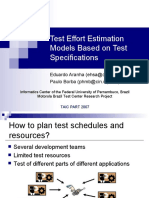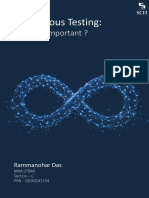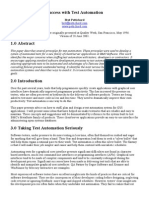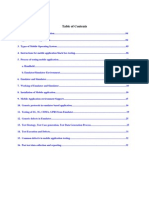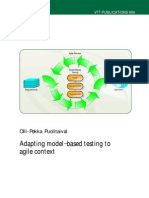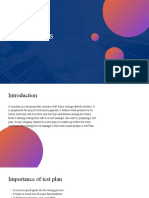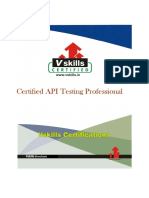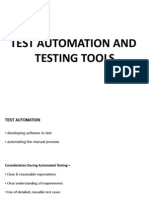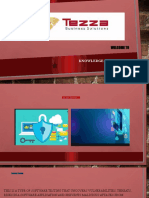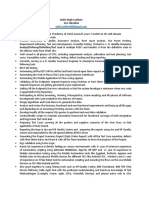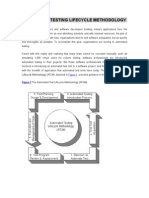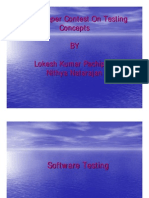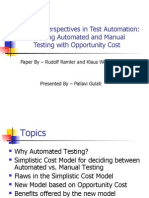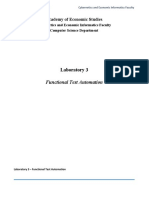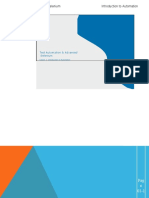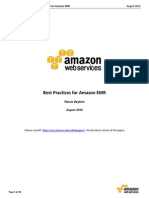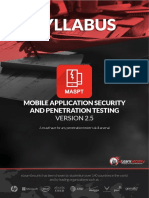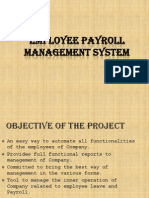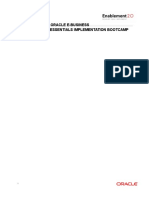0% found this document useful (0 votes)
280 views20 pagesCost Benefits Analysis of Test Automation
Presentation from Star West 99.
Uploaded by
wneckaCopyright
© Attribution Non-Commercial (BY-NC)
We take content rights seriously. If you suspect this is your content, claim it here.
Available Formats
Download as PDF, TXT or read online on Scribd
0% found this document useful (0 votes)
280 views20 pagesCost Benefits Analysis of Test Automation
Presentation from Star West 99.
Uploaded by
wneckaCopyright
© Attribution Non-Commercial (BY-NC)
We take content rights seriously. If you suspect this is your content, claim it here.
Available Formats
Download as PDF, TXT or read online on Scribd
/ 20


